Category: Bridestones
-

Bridestone Griff
Ah, what a scene of unparalleled magnificence. Majestic sandstone columns and rock outcrops, shaped over millennia by wind and rain, now somewhat overwhelmed by a verdant sea of bracken, rippling across the landscape like an oversized duvet. Deep wooded valleys, or “griffs,” carve into the moor, a National Trust property a few miles south of…
-

A Chance Encounter with the Great Crested Newt
Shakespeare’s witches in Macbeth famously required “Eye of newt, and toe of frog” for their cauldron. Debate lingers over whether this references the amphibian’s body part or a herbalist’s term for mustard seeds. In our garden pond, we have plenty of common newts, but today at the National Trust’s Bridestones property, I encountered my first…
-
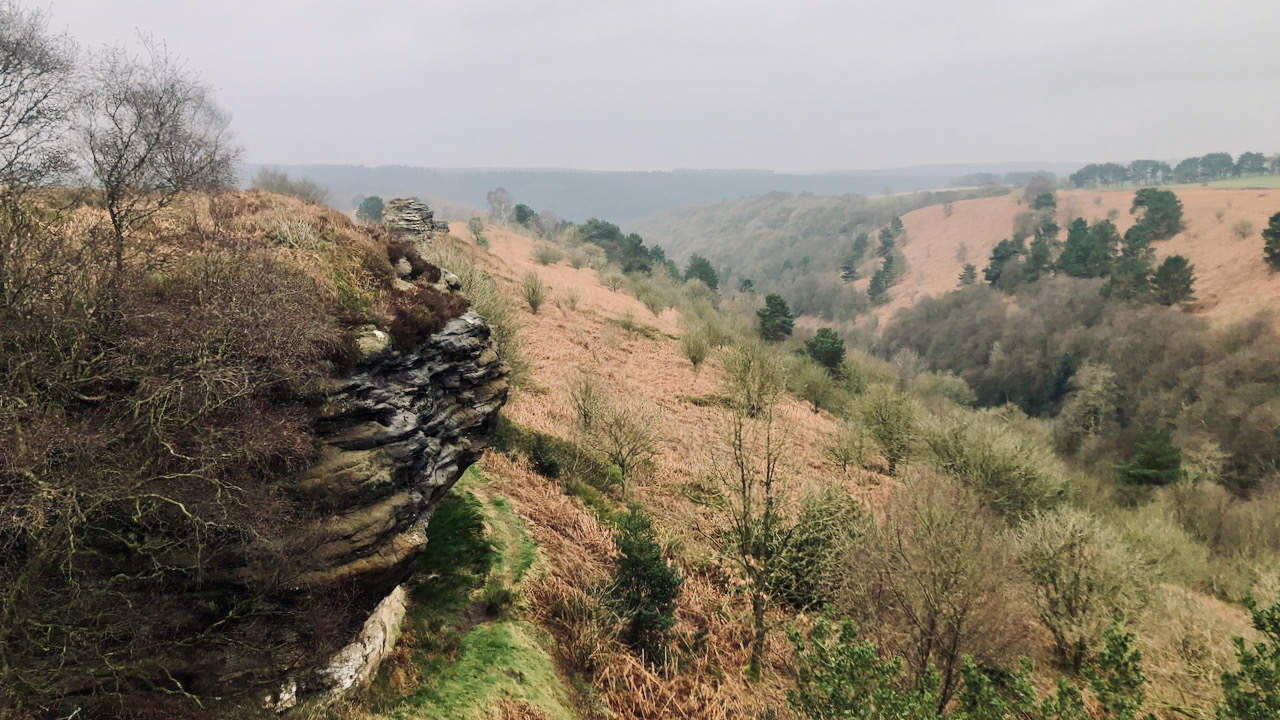
Dovedale Griff
On the weather front, a rather dreary day unfolded with the National Trust at Bridestones. Nevertheless, a new view for me as I stood atop one of the High Bridestones, gazing down upon the narrow upper stretch of Dove Dale, also known as Dovedale Griff. Beneath me, the valley slopes will, in a few months,…
-
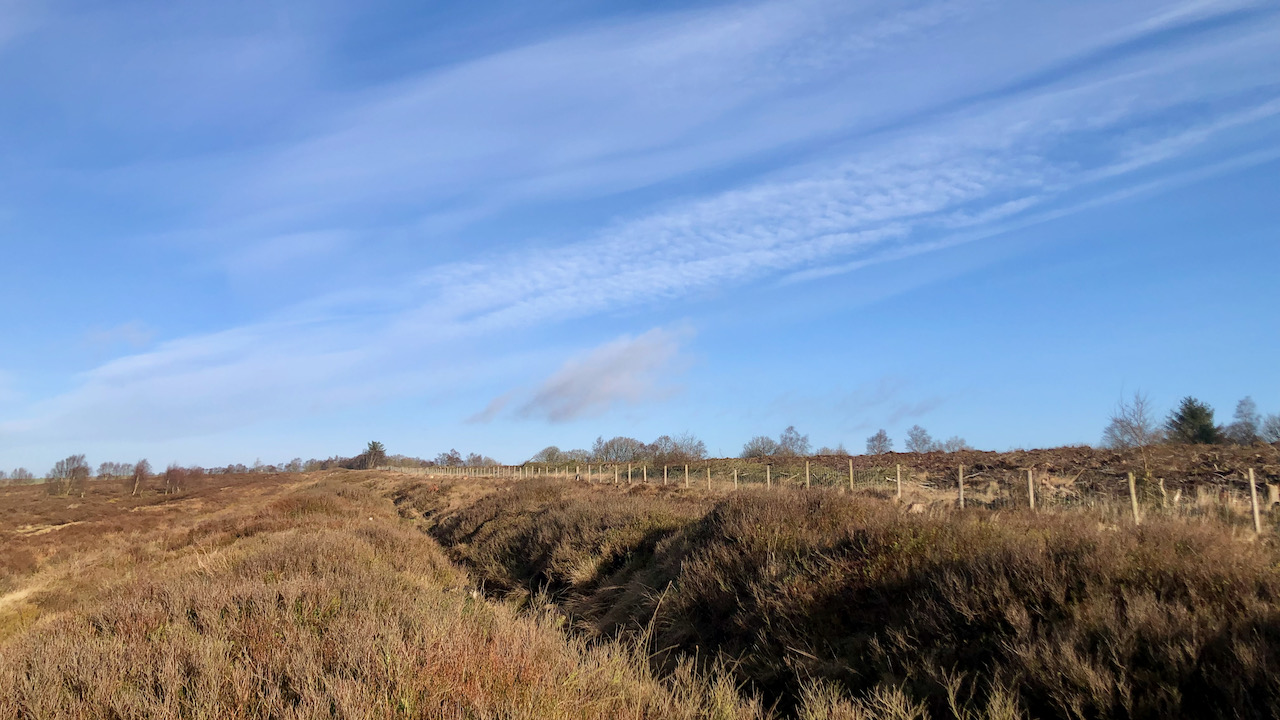
High Bride Stone Dyke, Bridestones
On a pleasant morning at Bridestone Moor, near Dalby Forest, soaking in the apricity, and enjoying the azure sky. Regrettably, clouds gathered post-lunch. However, an opportunity presented itself to inspect an ancient dyke delineating the boundary between National Trust property and the Forestry Commission. Over several winters, we endured all weathers on this moor, dedicating…
-
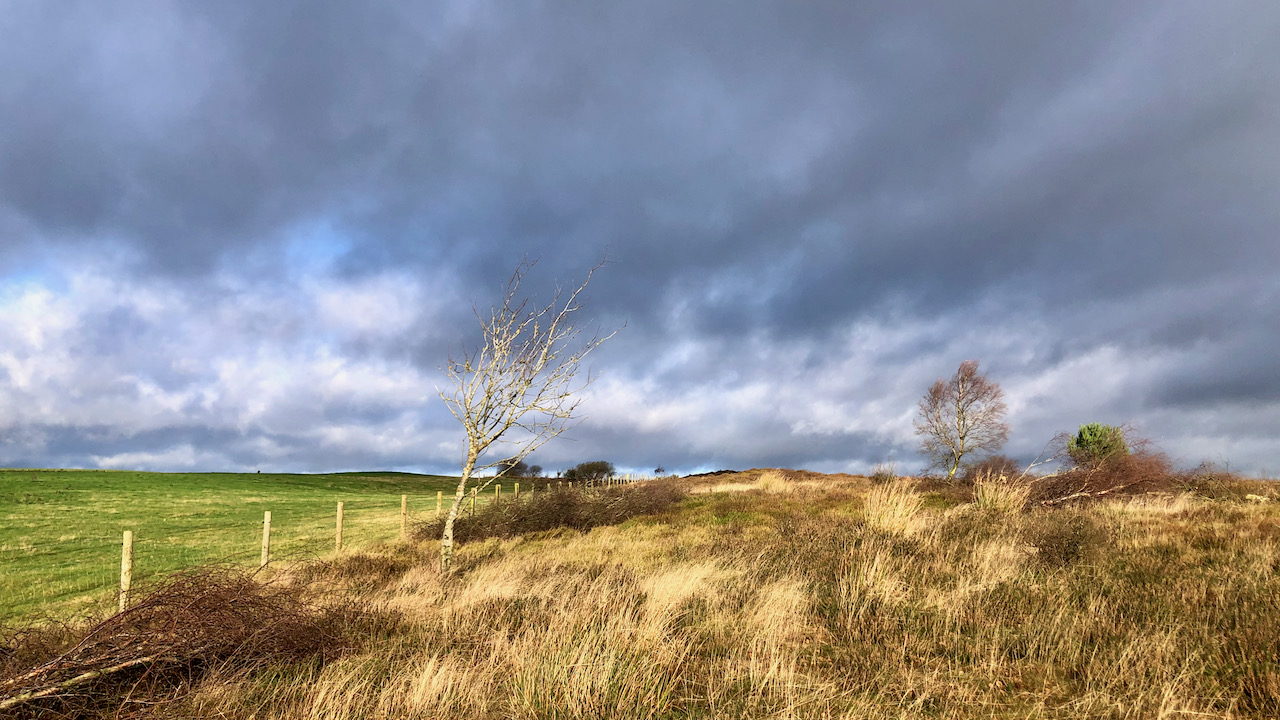
Graeme’s Legacy — The history of Grime Moor
On a dull overcast day, I found myself volunteering with the National Trust at their Bridestones property. The sun, playing hide and seek in the clouds, occasionally showered the moor with some spectacular lighting. Our task was on Grime Moor, supposedly named after Graeme, a onetime local landowner. We were making habitat piles from felled…
-
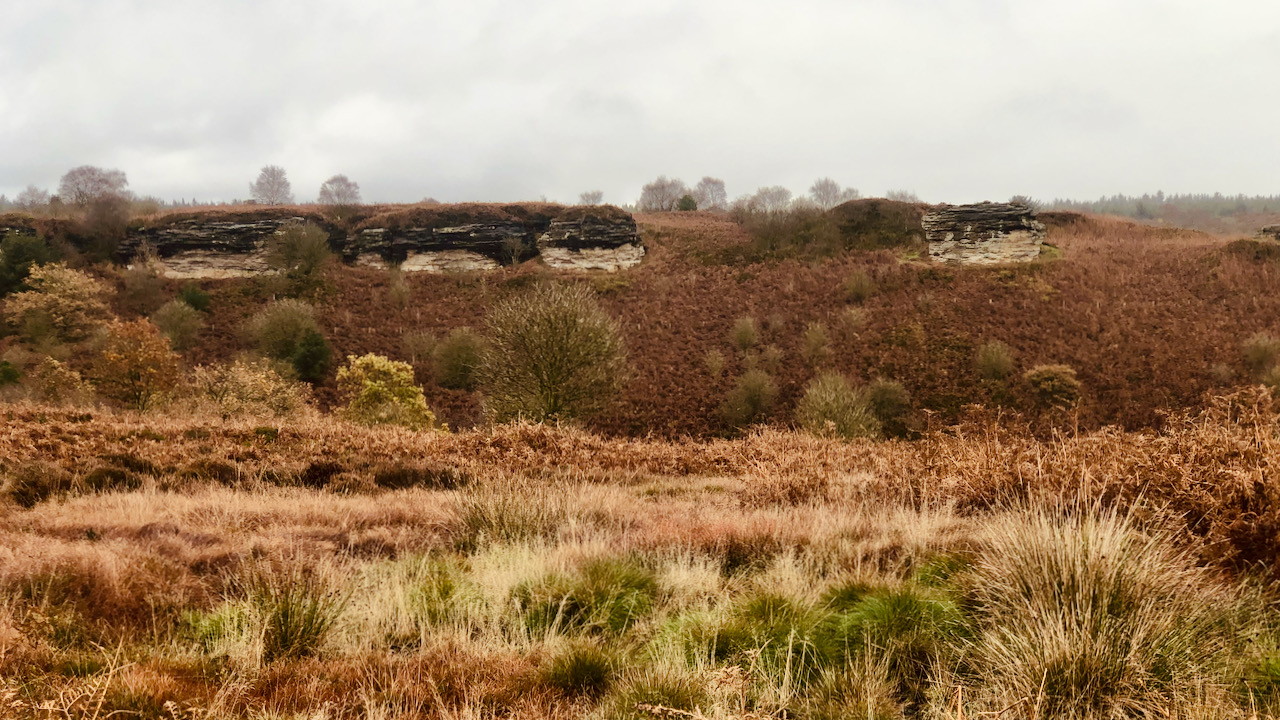
Wind, Rain, and the ever-changing Bridestones
The geological makeup of the North York Moors primarily comprises strata of sedimentary rock, deposited beneath the waters during the Jurassic Age. As the Jurassic sea level rose and fell, rocks of various densities were left. Over time, wind and rain tirelessly eroded away at these rocks, reshaping the landscape. Here at the Bridestones, the…
-
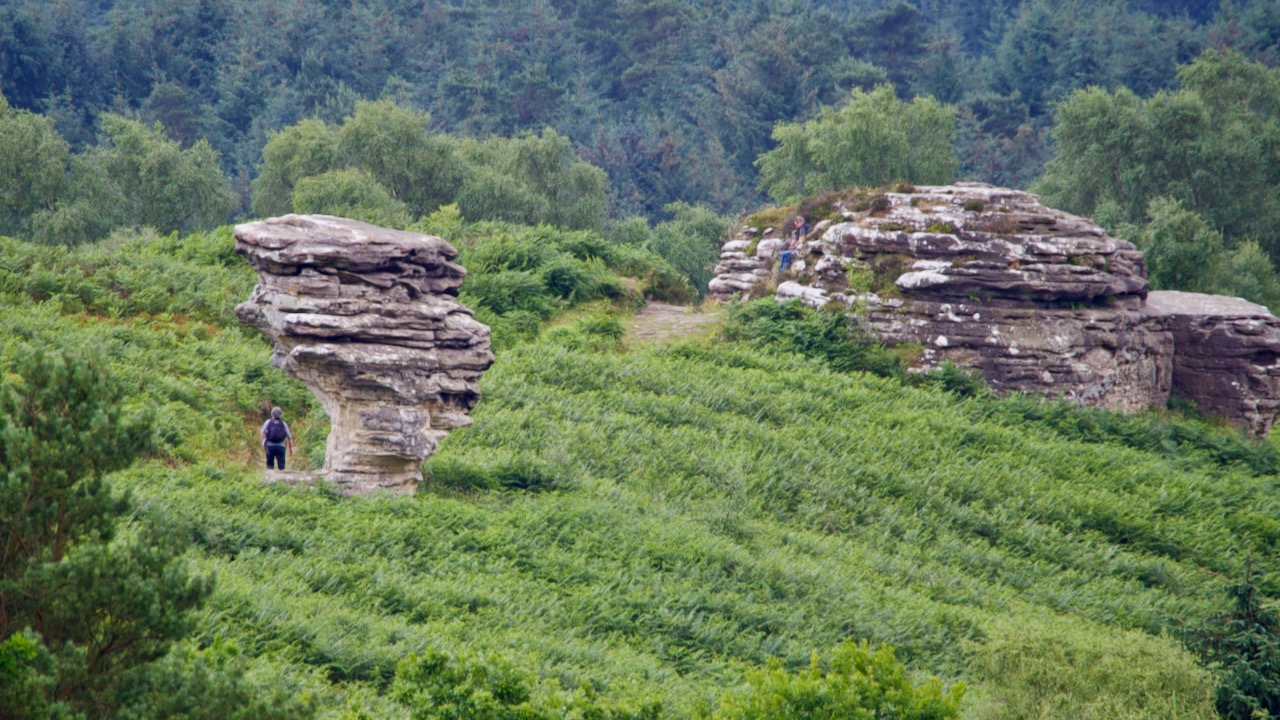
Wade’s Mighty Hand in the Formation of the Bride Stones
Some say that these sturdy sandstone tors, protruding from a sea of bracken, were deposited in the ancient seas of an era when dinosaurs reigned supreme, some 150 million years ago. The ebb and flow of the Jurassic tides as they advanced and receded, left behind stratified rocks of various densities. A layer of resilient…
-
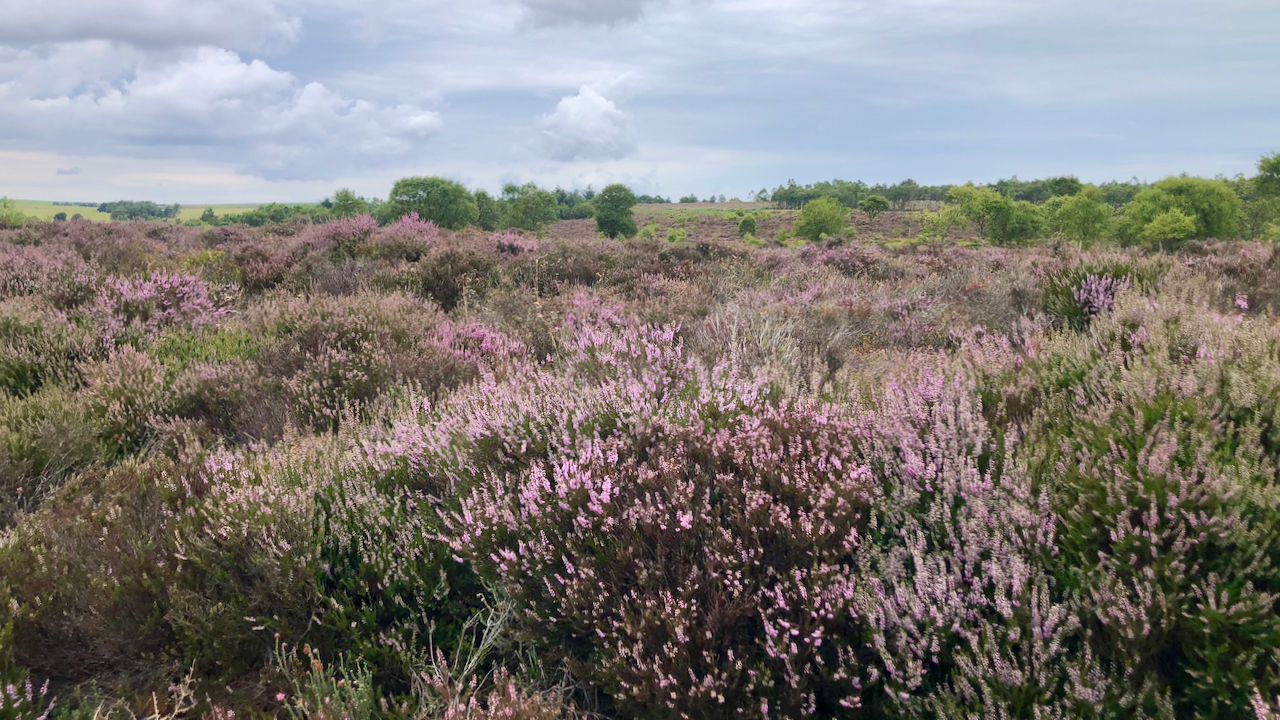
One of the few areas of natural moorland on the North York Moors
There are very few areas of relict semi-natural moorland to be found on the North York Moors which has not been extensively managed solely to maximise the grouse population. The National Trust’s Bridestones Moor is one such area and, visually, is currently at its best with the ling coming into bloom. Although the vegetation is…
-
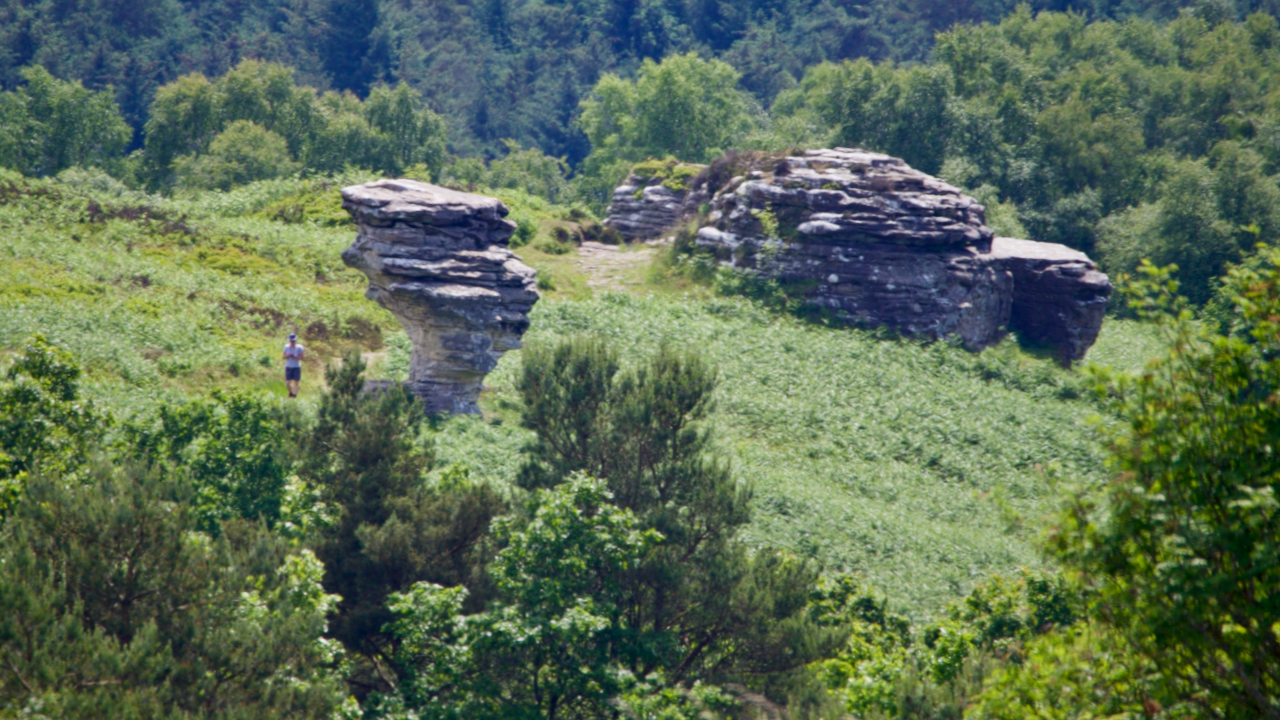
Low Bride Stones
150 million years ago, as the Jurassic seas advanced and retreated, rocks of differing densities were laid down on the sea bed with a hard gritstone laying over softer sandstones. The sandstone under the weathered more easily resulting in these fascinating tors. A myth that is often quoted is of a petrified bridal party that…
-

Low Staindale
A delightful former farm-house situated in Staindale in the parish of Lockton. The farmstead is shown on the Thomas Jefferies map of 1775 and it is believed the farmhouse certainly dates from that time with later alterations and extensions. The house itself is Grade II listed but two of the outbuildings are also of historical…